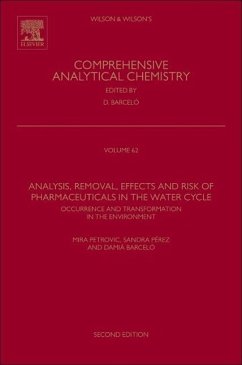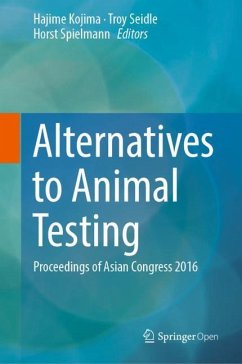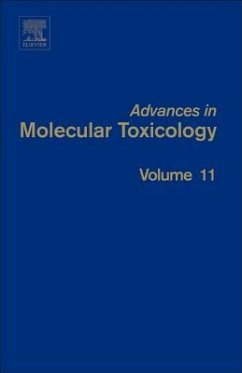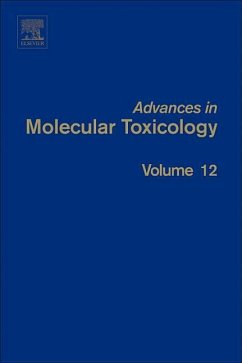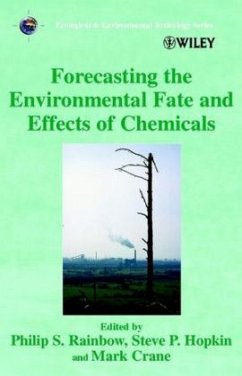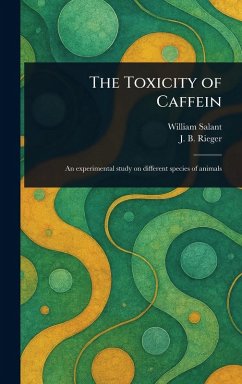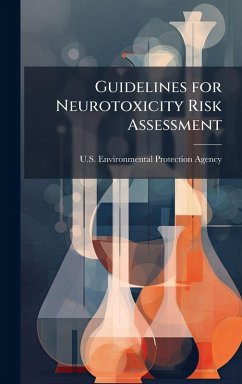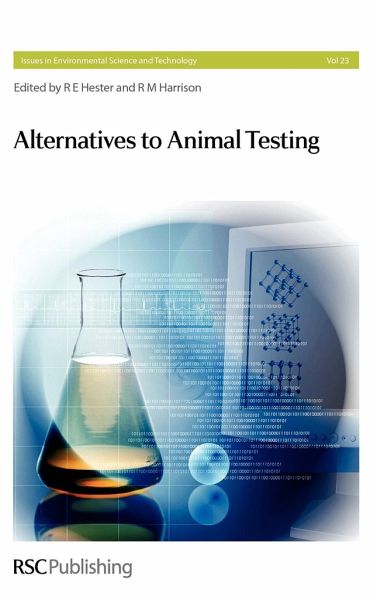
Alternatives to Animal Testing
Versandkostenfrei!
Versandfertig in über 4 Wochen
75,99 €
inkl. MwSt.

PAYBACK Punkte
38 °P sammeln!
Animal experimentation has long been a controversial issue, with impassioned arguments on both sides of the debate. Increasingly it has become more expedient and feasible to develop new methods that avoid the use of animals. There is agreement on both sides that reduction and refinement of experiments on animals should be an important goal for the industries involved. Alternatives to Animal Testing, written by leading experts in the field, discusses the issues involved and approaches that can be taken. Topics include: the safety evaluation of chemicals; international validation and barriers to...
Animal experimentation has long been a controversial issue, with impassioned arguments on both sides of the debate. Increasingly it has become more expedient and feasible to develop new methods that avoid the use of animals. There is agreement on both sides that reduction and refinement of experiments on animals should be an important goal for the industries involved. Alternatives to Animal Testing, written by leading experts in the field, discusses the issues involved and approaches that can be taken. Topics include: the safety evaluation of chemicals; international validation and barriers to the validation of alternative tests; in vitro testing for endocrine disruptors; intelligent approaches to safety evaluation of chemicals; alternative tests and the regulatory framework. The book provides an up-to-date discussion of the current state of development of alternatives to animal testing and is ideal for professionals and academics in the field. It would also be of use for graduate students wishing to pursue a career in the pharmaceutical and cosmetics industries. TOC:General Overview of the Safety Evaluation of Chemicals.- International Validation and Barriers to the Validation of Alternative Tests.- In Vitro Testing for Endocrine Disruptors.- Intelligent Approaches to Safety Evaluation.- Alternative Tests and the 7th Amendment to the Cosmetics Directive.





